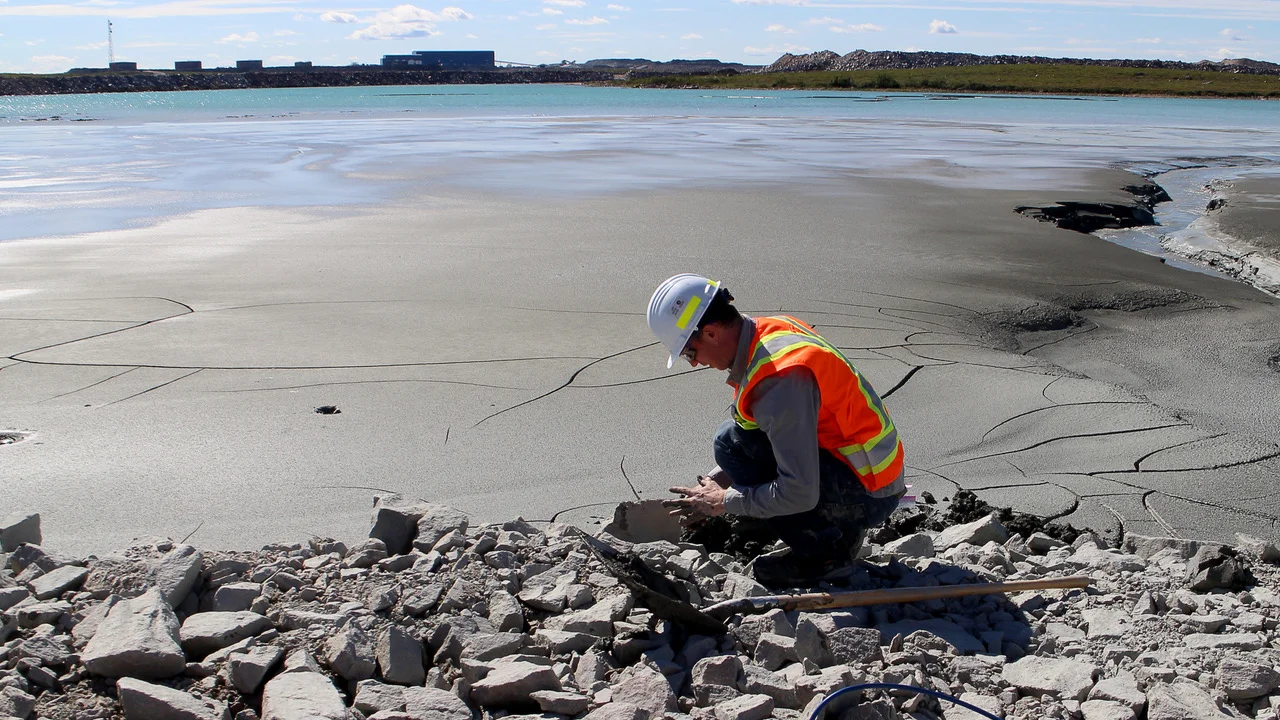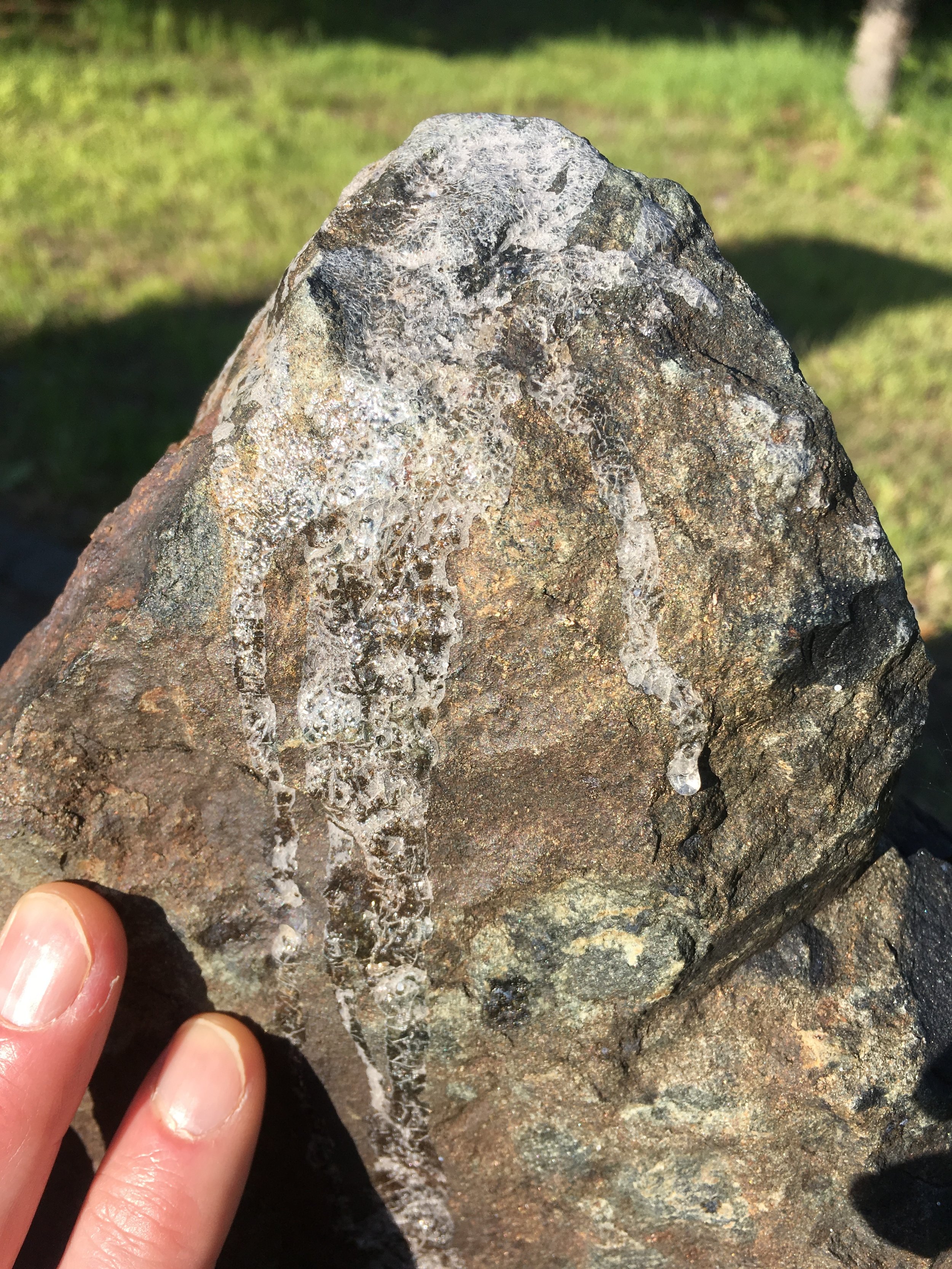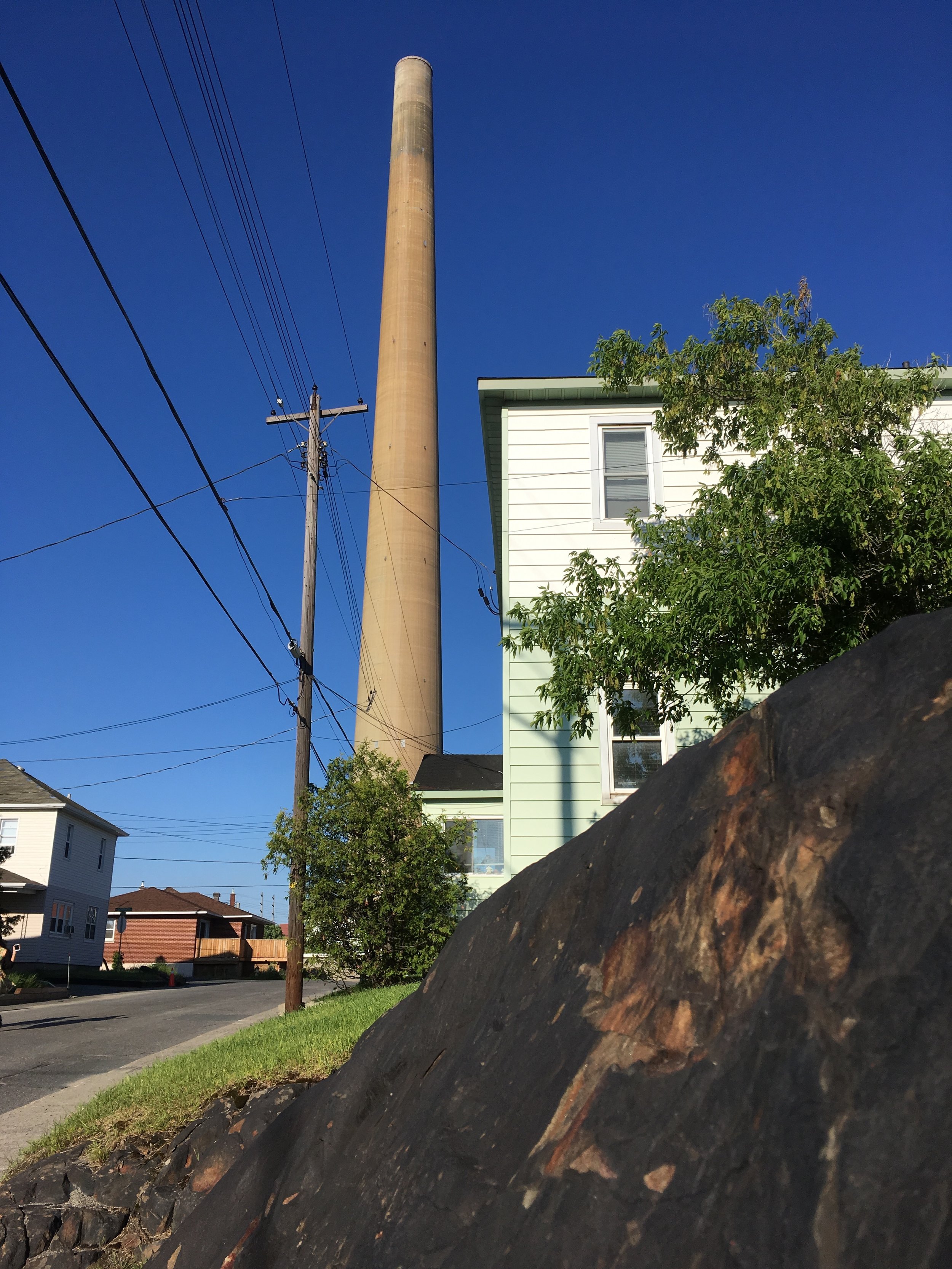Amanda presented her Masters research at the 3rd International Institute for Environmental Studies (IIES) Graduate Students Forum and the 5th annual IIES Science and Policy Workshop at Korea University from November 10-14. Graduate students and faculty from different institutions around the world gathered to discuss important environmental issues from remediation, waste and water management, policy, to environmental effects.
Goldschmidt in Barcelona!
I’m grateful to be here in Barcelona attending Goldschmidt 2019, the top geochemistry conference and an all around great place to hear about geoscience and meet with colleagues from around the world. Barcelona is an amazing city, rich with culture, art, food, and now lots of geochemistry this week. I’m presenting our group’s work on Enhanced Weathering and CO2 mineralization of Kimberlite Mine Wastes in the session on The Role of Mine and Industrial Wastes in the Growing Demand of Mineral Resources. I’m looking forward to a stimulating session, learning from great folks in our field. I’ve already been to the natural history museum that covered most of the basics :)
Research on Mine Waste to Help Industry Become Carbon Neutral
Ian collects mine tailings from the De Beers’ Gahcho Kué Diamond Mine in the Northwest Territories.
New funding from Natural Resources Canada will support application of Trent University research using mine tailings to capture CO2
Trent University is leading research on methods for directly capturing carbon dioxide from the atmosphere into mine tailings, which will help mining operations offset their greenhouse gas emissions.
Today, Natural Resources Canada (NRCan) announced $2 million through its Clean Growth Program for an initiative that will apply research by Dr. Ian Power, Canada Research Chair in Environmental Geoscience and assistant professor in the Trent School of the Environment. Professor Power is investigating how waste from mining operations can be used to capture and store carbon dioxide. (article continues)
De Beers' Mineral Carbonation Workshop
Mine residues from the Venetia Diamond Mine.
Carlos and I presented at the 3rd De Beers’ Mineral Carbonation Workshop in Johannesburg, South Africa. A wide variety of people attended the meetings including collaborators Sasha Wilson and Gordon Southam, as well as geoscientists, metallurgists, process engineers, and environmental managers. Given the interdisciplinary nature of our work, it’s key to have support from so many talented people. Feedback on our enhanced passive carbonation research was very positive and there are real opportunities to move towards carbon-neutral mining. Thanks to those who organized this fantastic meeting and we are looking forward to future engagements.
Mining and the Environment Conference in Sudbury, Canada
Our lab group attended the Mining and the Environment Conference in Sudbury this week. We presented posters on direct air capture of CO2 into mine wastes and tailings cementation, and I gave an overview talk about our group’s research. Great thanks to the organizers for putting on a terrific conference. Sudbury has a long history of mining and the consequences of not dealing with sulphur emissions and mine tailings. Thankfully, a lot of progress has been made to reduce these emissions and manage mine wastes in an environmentally sound manner. This shining example of environmental progress demonstrates our ability to change when faced with a challenge. We need to do the same with greenhouse gas emissions!
Visited CLIMEWORKS
Toured CLIMEWORKS outside Zurich! Their innovative technology is capturing CO2 from the air! Also drank atmospheric CO2-infused sparking water and ate tomatoes and cucumbers grown in a greenhouse fed with captured CO2. This type of technology may be needed to remediate the atmosphere through carbon dioxide removal.
GRC - Carbon Capture, Utilization and Storage
Attending the Gordon Research Conference on Carbon Capture, Utilization, and Storage in Les Diablerets, Switzerland. World experts will be presenting technologies, opportunities, and challenges for sequestering carbon to combat climate change. Looking forward to a busy and productive week!
All the attendees of the GRC - CCUS in Les Diablerets, Switzerland.
Trent Graduate Students in Science!
Amanda played a key role in organizing the inaugural TGSS (Trent Graduate Students in Science) symposium to highlight all the amazing scientific research that graduate students are doing at Trent University! Congratulations to the organizing committee for putting together a fantastic day of science. I learnt quite a lot about all the fun things that other research groups are doing and look forward to next year’s event!
Earth magazine article
Timothy Oleson writes “Left undisturbed, carbonate minerals can naturally lock up carbon in a stable form for millions of years or longer. Triggering the formation of carbonate minerals is thus a promising means of removing and sequestering carbon dioxide from the atmosphere. In recent research, scientists uncovered new details about how one of Earth’s most stable, albeit slow-to-form, carbonates — magnesite — grows in nature and have found a way to accelerate its formation in the lab at room temperature. The results could aid in developing efficient carbon sequestration technologies.”
Read his article here. Read our publication in Crystal Growth & Design.
The top Phys.org articles of 2018
It was a fantastic 2018 for the PowerGeolab. Exciting to have our work featured on various websites after the Goldschmidt conference in Boston. Equally exciting to be mentioned in the Top Phys.org articles of 2018!















